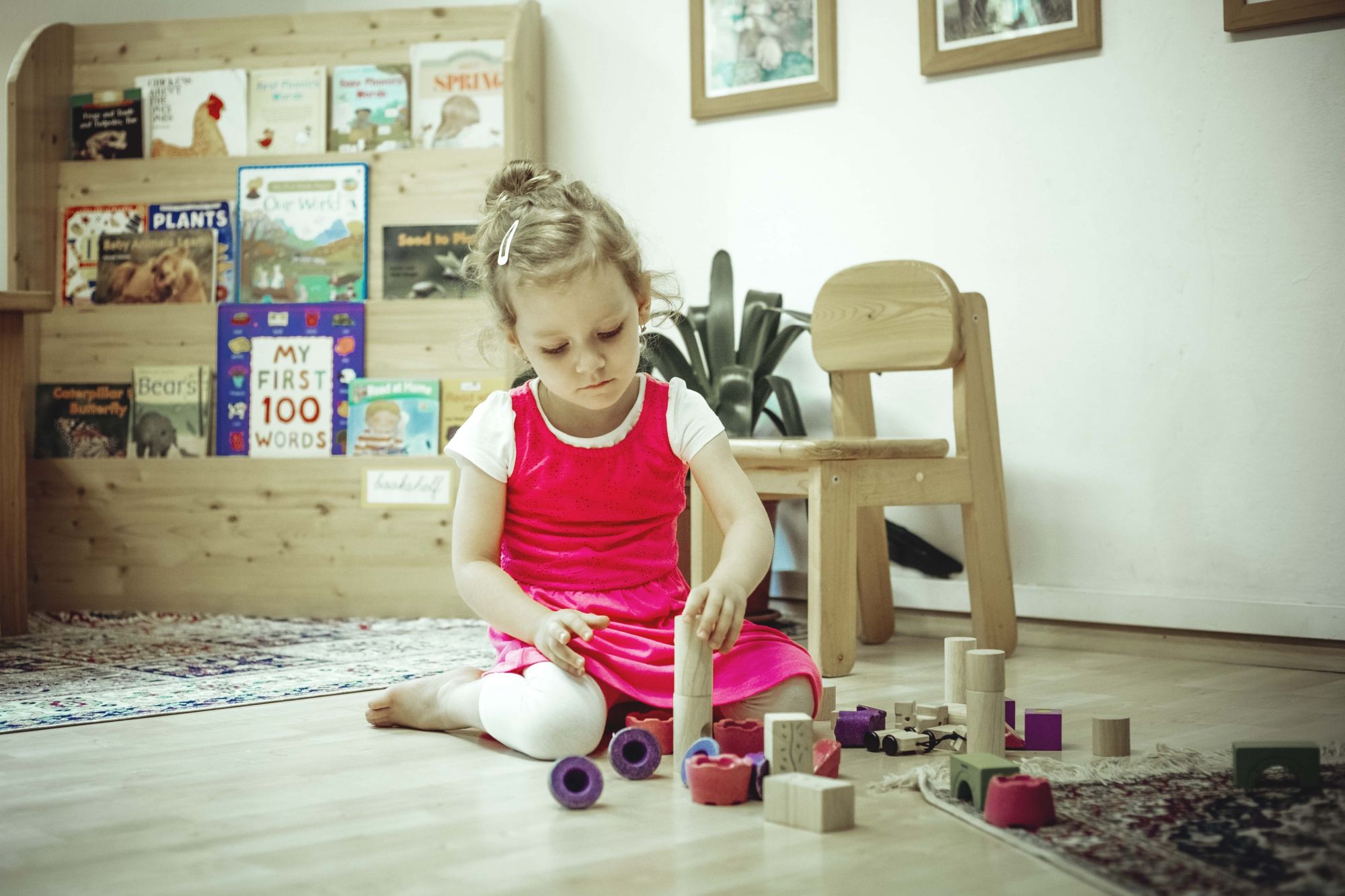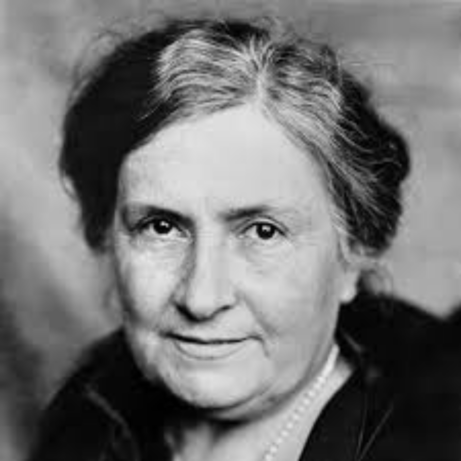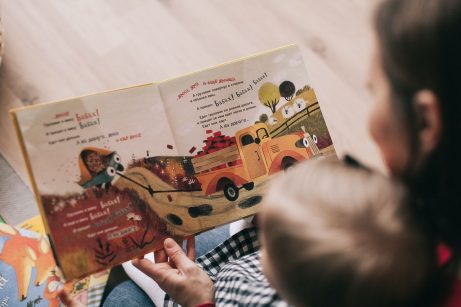The Prepared Environment

This article is the fifth in a series called Montessori Essentials, which aims to cover key concepts of the Montessori philosophy. These are the cornerstones of Montessori’s educational approach and concept of human development. Click the tag to explore the entire series!
One of the key differences between traditional approaches and the Montessori method lies in the perspective we take as educators (whether we are parents, teachers, family members or the myriad of other roles in which adults act as educators to children). We understand that the process of human development happens spontaneously and inevitably through the interaction between the child and the environment; as such, trying to direct or control it is at best vain and at worst actively damaging. We know the value of observing the child’s own natural potentials and letting their own timing govern their experiences. However, this does not mean we are inactive, that we sit idly by letting children raise themselves.
If development occurs at the meeting point of the child and their environment, and the child is perfectly equipped on their side (as we believe they are), that still leaves the other half of the equation: the environment. That is our primary task as educators: to create, curate and maintain an environment in which the child can find everything they need, and then to connect the child to that environment. The purpose of all of our observation and study, all this hard work trying to identify what the child needs, is to be able to provide it; then we show the child – look, this is here for you – and step away so that they may reach out and take it.
In a larger sense, the child’s environment is the world, and their task is to adapt to it: “become the adult of their time and place”, a member of their culture and society. We can hardly control all of that – usually all we influence is which parts of the world the child encounters, and even that only up to a certain age. However, we can control and carefully prepare a specific material environment that is especially suited to the child, whose primary function is to facilitate development and become their gateway to the world. This prepared environment can take many forms. It may be the nursery or our whole home, a classroom and school, playground, garden and more. In future installments, we will speak specifically on how to set up a home or play environment for children of different developmental planes; this article concerns itself with the general characteristics.

Explore the fundamentals of Montessori parenting with this free video by Sylvia Arotin, offering insights and strategies to empower and educate your child.
Key Aspects of the Prepared Environment
A prepared environment is one that allows the child to engage in it in a meaningful and useful way, and allows the adult to observe this activity without interfering. It must therefore first and foremost be safe for the child, so that they can independently interact with it without the adult rushing in to “rescue” them from potential harm. Naturally, it must offer opportunities for activity and work that is appropriate to the child’s level: challenging but doable, to hold the child’s attention and build them up. Next, it must also be pleasant to the child – attractive, beautiful even. And finally, it should always offer both order and harmony, which is something the child needs to experience at every level of development.
We must remember that the adult is always, by default, not only part of the environment but a critically important one. Dr. Montessori described the educator as the bridge between the child and the environment – the one who facilitates initial contact by bringing the child’s attention and interest to the experiences and opportunities of the environment. The purpose of childhood is the work of adaptation – becoming the adult of one’s time and place, and as such every infant is born with an irresistible drive to study, understand, and emulate the adult. It is the adult’s task to transfer this interest to the environment, becoming a role model of how to interact with it.
Setting up the Environment
The process of creating a children’s environment is a complex process of balancing the practical and the esthetic, neither of which should be prioritized to the detriment of the other.
When creating an environment, we begin with the architectural and physical attributes – such as the quality of light and air, safety and hygiene. This is of course not unique to Montessori and as such little needs to be said on the subject. However, more than most we consider esthetic elements such as color and textures, and even more importantly proportions of the space: the size and construction of the furniture, the placement of items, and so on, to make sure it allows the child to comfortable move about and do things. One of the most valuable things we can do when preparing an environment is to get down to the height of the child the environment is intended for, and look at it from their perspective: can they even see the decorations without craning their head? Can they reach everything that is intended for them (and are there, on the other hand, prominently visible things that are off limits to them)? Does the space make sense from a child’s vantage point?
Order is an absolutely indispensable element of any children’s environment, on several levels. To help children create order in their minds, we must offer order in their surroundings: a classified, systemic and structured organization of every aspect of the environment. Order gives comfort and a sense of safety to the child, creating points of reference and familiar sequences. The child who is secure in the order of the environment may explore, enjoys higher independence, and has the freedom to choose from what is available, rather than be overwhelmed and confused.
The activities, materials and equipment of the environment should enhance, not direct, the child’s development. This means that whatever developmental materials, toys or activities we offer should not be forced on the child but rather call to them and entice them, through both their beauty and function.
Finally, the care, order and harmony we instill in the environment reflect on the relationship between the adults and the children sharing the space. As we wield the power to maintain and change the space, it is good to remember what we are communicating to the child by the way we choose to execute this power.
Adult in the Environment
In the prepared environment, the child’s task to develop and grow is recognized for the vital and absorbing work it is; the child is accepted as the most important person who must be aided and supported, not ruled or subjugated. The adult is then simply a part of the child’s environment, with a special potential ability to aid and support the child whenever the child needs it.
Finding the balance – when does the child truly need us, and whether it is through their own limits or because we have failed to prepare the environment adequately – is a question that must be continuously examined. It is all too easy for the adult to stagnate when we, rather than the child, are comfortable in the space. This is especially challenging in the home as your child’s need for independence grows rapidly with age, and the home environment requires continuous adjustment to accommodate the child’s increasing skill.
In follow-up installments, we will discuss setting up the home environment for the infant, toddler, preschool, and Elementary school aged child.
Montessori Beginnings
YOUR ULTIMATE
MONTESSORI PARENTING COURSE
FOR ZERO TO THREE
Gain clarity and confidence in your parenting to raise a resilient, independent and joyful child.


